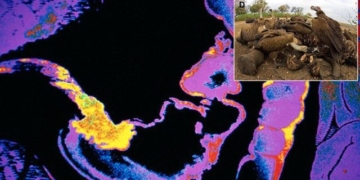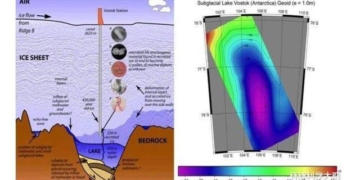 The United Nations reports that over 250 million people worldwide are directly affected by the gradual phenomenon of desertification. The UN is urging the establishment of an early warning system to combat the expansion of deserts.
The United Nations reports that over 250 million people worldwide are directly affected by the gradual phenomenon of desertification. The UN is urging the establishment of an early warning system to combat the expansion of deserts.
At a recent meeting, senior officials from 179 member countries participating in the United Nations Convention to Combat Desertification (UNCCD) supported the call for a new study on climate change, the cause of desertification.
Michel Jarraud, the Secretary-General of the conference, proposed the development of a database to systematically monitor land degradation in affected areas, to gain a better understanding and to forecast the progression and impacts of drought and desertification.
Mr. Michel Jarraud stated at the 7th session of the UNCCD member countries held in Nairobi, Kenya: “Research on the causes and impacts of climate change and long-term forecasting is essential, with a vision provided by an early warning system.”
According to the United Nations, there are currently 6.3 billion people living on only 11% of the Earth’s vast land area that is not affected by desertification.
Experts are concerned that the conventional food shortage may worsen as deserts encroach upon the remaining arable land. Particularly, experts forecast that the Earth’s population will reach 8.2 billion by 2020.
Jarraud also noted that the fight against land degradation is a pressing issue prioritized in global efforts to ensure food security and the livelihoods of millions residing in arid regions around the world.
Africa, home to approximately 800 million people, is heavily impacted, with 43% of the continent classified as harsh desert.
Since the conference was held in 1996, only 91 out of over 179 member countries have fully presented their national action plans to combat desertification.
Scientists indicate that heat emissions from the greenhouse effect have warned of climate changes.
Carbon dioxide produced from burning coal, oil, and gas primarily emits from power plants and transportation. These emissions, along with other greenhouse gases, accumulate in the atmosphere, increasing average temperatures and global sea levels.
The heat emissions threaten to melt polar ice caps, increasing the frequency and intensity of droughts, floods, and storms worldwide.




















































